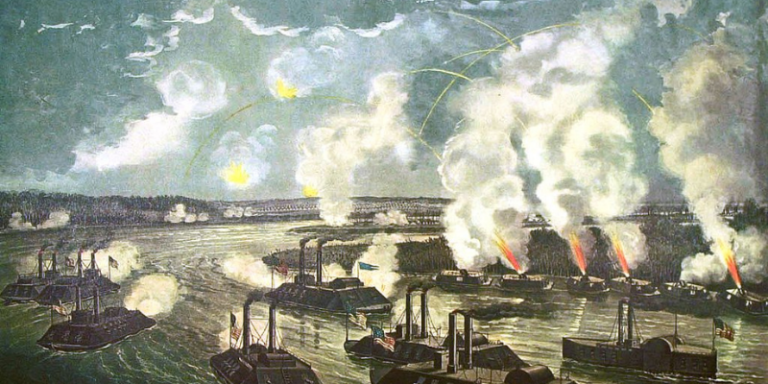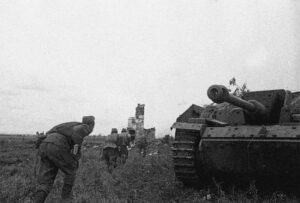War, Peace, and School Bullies
Some wars just create more conflict, but can others lead to peace?
By: Onar Åm | August 26, 2020 | 631 Words

(Photo by Photo12UIGGetty Images)
History is full of war all over the world. Often, one war leads to another, but not always. Sometimes, a war can end in a peace that lasts for a long time. But what is the best way to end a conflict so that it results in peace?
Learning from History
The author Mark Twain once said that history does not repeat, but it rhymes. This insight summarizes in a single sentence why we can learn valuable lessons from studying history. Although culture, science, technology, the environment, and circumstances may change over time, people are the same.
Human nature is the same today as it was 10,000 years ago when people lived in caves. Therefore, by studying how people behave in war throughout history, maybe we can learn how to make peace.
Unfinished Business
The British economist Ralph Hawtrey once said that “peace is an interval between two wars.” He meant that wars often stop because people get tired of fighting – for a while. Often people don’t become friends, and so the underlying conflict doesn’t go away.
The most famous modern example of this is World War I. This was a clash between many nations but essentially it boiled down to the Allies (France, Britain, and Russia) versus the Central Powers (Germany and Austria-Hungary).

Operation Kutuzov (Photo by Fine Art Images/Heritage Images/Getty Images)
Germany lost that war, but the country wasn’t beaten. Kaiser Wilhelm II gave up and ordered his troops back home. Ordinary Germans had suffered financially from the war. On top of that, the Allies demanded a lot of money in war reparations. Many Germans were angry and felt that the war had ended unfairly. This resentment and financial struggle helped the rise of Adolf Hitler and his Nazis to power only 15 years later.
In 1939, World War II started between the Axis Powers (Germany, Japan, Italy) and the Allies (primarily France, Britain, and Russia, with the U.S. joining later). Historians think of it as a continuation of World War I.
World War II ended much worse for Germany than the first war. This time Germany was firebombed, and cities such as Dresden were destroyed. In Japan, the United States dropped nuclear bombs on the cities of Hiroshima and Nagasaki.
The Hand of Friendship
Eventually, Germany and Japan were defeated by devastating violence – but what would have happened if the Allies had offered the hand of friendship after World War I, instead of humiliating Germany with harsh demands? The enmity between the countries was simply deepened by Germany’s enforced suffering.
After World War II, America didn’t seek to get revenge on its enemies. It instead helped rebuild both Germany and Japan and made them trading partners. The result has been 75 years of peace.
America showed strength against an enemy but also offered the hand of reconciliation. The Germans and Japanese were offered friendship and this led to cooperation and close ties that last to the present day.
As in the schoolyard, conflict doesn’t have to end in tears – the way to turn war into peace can be firmly refusing to be a victim, and even offering a path to reconciliation. Bullies target those they consider weak – one way to stop this is to refuse to put up with their demands. Standing up to the bullies, as the Allies did against the Nazis in WWII, can be the first step – but being the bigger person can also involve making amends. After all, bullies may be acting out of hurt pride or other problems, as Germany did after WWI.
No one bullies the strong, but nobody wants to be left on their own in the schoolyard – especially not once the hand of friendship has been honestly offered.
















